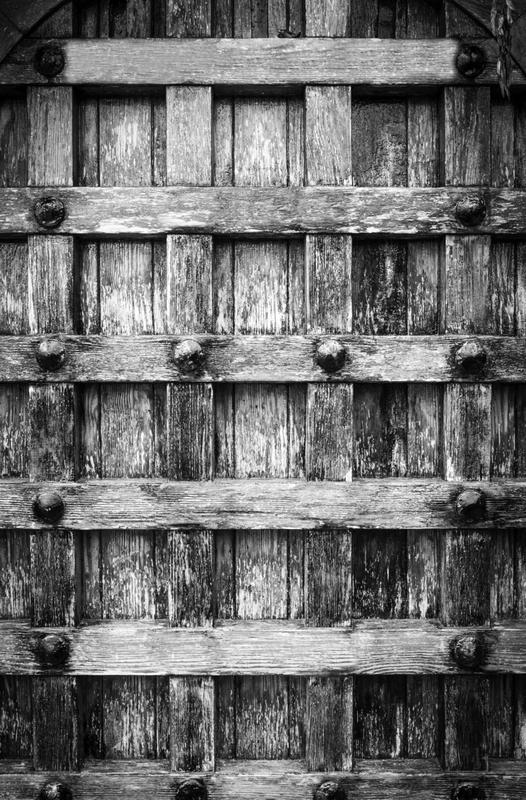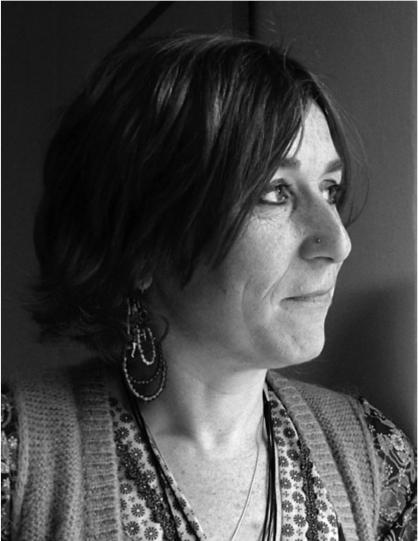Behind the Walls (25 page)
Authors: Nicola Pierce

I did not set out to describe every single episode that took place in and around the Siege of Derry. Believe me, there was lots of drama and this could have been a much longer book. When I research a story I read as much as I can about it, waiting for certain people and certain situations to jump off the page of the history book and into my novel.
The Apprentice Boys of Derry was only founded in 1814 and has its base in Derry. The aim of the society was to commemorate the Siege of Derry and keep the memories of its heroes alive. In the book I do not use the term âApprentice' to describe the boys primarily because I could not find out what sort of apprentices they were and I am unsure if this is what they would have been called back in 1688.
Fortunately, however, we do have their names which were as follows: William Cairnes, Henry Campsie, William Crookshanks, Alexander Cunningham, John Cunningham, Samuel Harvey, Samuel Hunt, Alexander Irwin, Robert Morrison, Daniel Sherrard, Robert Sherrard, James Spike and James Steward.
Also the thirteen boys, alongside James Morrison and Adam Murray, might have been a bit older than how I presented them in my story.
From the beginning I was drawn to the fact that two of the thirteen boys who slammed Derry's gates closed, in the faces of the Redshanks, were brothers. How interesting! What if one brother was more confident than the other about holding out against King James's army, when the population began to starve and then die around them.
I knew nothing about the Sherrard family and resorted to imagination in order to bring them alive in the novel. I âmade' Mr Sherrard a physician because that's how he presented himself in my mind.
Another person who attracted my immediate attention was Adam Murray and his father Gabriel. They might well turn in their graves if they could read my portraits of them, but I must say I became extremely fond of both of them and hope that shines through.
Thanks to the kindly and proud men who look after Derry's St Columb's Cathedral today I was allowed to hold Adam's sword and his pocket watch. It was exhilarating to touch something that Adam actually carried around with him over three hundred years ago.
At some point, it struck me that I was focusing on fathers and sons in this story. To me, it was a real strand, or theme, of the Siege of Derry. Religion is generally passed on from generation to generation and, over centuries, plenty have thought it necessary to fight and die for their father's beliefs, beliefs which are also their own. And, of
course, God is the ultimate father.
I have moved some things around, time-wise, to fit the timeline of my narrative, primarily the âhanging' of McGimpsey and the governors' (Baker and Mitchelburne) sword fight. Nobody appears to know what the sword fight was about so I have come up with my own explanation.
Many of the people that appear in the story were âreal', alongside most of the episodes â including the sightings of an angel on horseback, sword in hand; the murder of the old woman who was believed to be a witch; the naked parishioners; the Battle of the Cows and the bizarre attempt to have Derry's last cow call out for help to the Jacobite cattle.
Both contemporary and modern histories on the siege vary regarding dates and consequences. Ultimately I chose what suited my story.
Some readers may disagree with my portraits of several characters, notably Robert Lundy or George Walker. All I can offer is that I was writing a novel. The characters weaved themselves in and around the facts I gathered, but since they had been dead for so long I was allowed to interpret what I learned about the individuals to fit the tale I was interested in telling.
In other words, I was frequently making things up as I went along, as writers do.
Major-General Percy Kirke
: It seems that, once he finally braved the boom and rescued the stricken population, Kirke’s behaviour and attitude was unexpectedly harsh. He set about demobilising the city’s men, taking guns and ammunition from them, and replacing officers with his own men. When a captain complained, Kirke threatened to hang him. Thanks to Kirke, most of the men who had followed Adam Murray left the city in droves. They had expected to be paid or, at least, thanked for their hard work. Instead, Kirke seemed to treat them as some sort of threat.
Lieutenant-Colonel Robert Lundy
: He was suspected of treason and imprisoned in the Tower of London, where he knew he would be hanged if he did not clear his name. So he began a campaign to do just that, writing to important friends and acquaintances, pointing out that if he were a traitor he would have joined the Jacobites, on leaving Derry. Instead, he sailed for London, proof that he was innocent of all charges. He succeeded in being cleared and returned to his military career.
However, he has long been widely judged to have been a traitor to Derry and, every year, his effigy is hung and burned during the celebrations in the city to mark the anniversary of the closing of the gates in 1688.
Colonel
John Mitchelburne
: The colonel lost his wife and children during the siege. Nevertheless, he did marry again and chose to stay on in Derry. It was he who demanded, in vain, that the government pay the soldiers who had protected the city. On his death, 1 October 1721, he left a sum of money to allow his red flag to be flown from St Columb’s Cathedral, just as it did during the siege. He is buried in Old Glendermott churchyard.
Lord Mountjoy
: Lord Lieutenant Richard Talbot sent Mountjoy to France and had him imprisoned there, telling King James he was a traitor. He could have been hanged, but luckily James had no interest in killing him. On his release, Lord Mountjoy returned to army life and was killed in 1692, at the Battle of Steenkirk in the Netherlands during the Nine Years’ War.
Colonel Adam Murray
: Adam is pretty much everyone’s hero of the siege. He never received any reward for his tireless effort in protecting the city. There are accounts that his horse died in the clash against Maumont. However, I have also read that he managed to keep his horse alive throughout the entire siege only to have it taken from him by Captain Kirke after Derry was relieved.
He is buried alongside Mitchelburne in Old Glendermott churchyard and his memory is cherished by a club
of the Apprentice Boys of Derry.
Lord Lieutenant Richard Talbot
: Possibly Talbot’s arrogance can be blamed for the siege and the ensuing battles that followed. In any case, he died of a stroke in 1691, soon after which the Treaty of Limerick was signed.
Governor George Walker
: He left the city a few days after the ships arrived and his book about the siege became an instant bestseller. However, it also became a sore point for Derry’s Presbyterians when it was discovered that they had received scant mention in the Anglican reverend’s book. Governor Walker was appointed Bishop of Derry but never got to enjoy this promotion because he was killed on 1 July 1690 at the Battle of the Boyne.
Doherty, Richard:
The Siege of Derry 1689: The Military History
.
Gébler, Carlo:
The Siege of Derry: A History
.
Lacey, Brian:
The Siege of Derry
(pamphlet for Irish Heritage Series)
Simms, JG:
Jacobite Ireland
Walker, Rev George:
A True Account of the Siege of London-derry
Windrow, Martin:
Not One Step Back: History’s Great Sieges
The BBC website provides a detailed timeline of the siege:
www.bbc.co.uk/northernireland/siege
Carlo Gébler also presents a documentary based on his book and this can be accessed from Youtube.


Tallaght-born Nicola Pierce lives in Drogheda. Following her many successful ghostwritten books for adults, Nicola published her first book for children,
Spirit of the Titanic
. The book received rave reviews, and ran to five printings within its first twelve months.
City of Fate
was her second book for children and transported the reader deep into the Russian city of Stalingrad during World War II. The novel was shortlisted for the Warwickshire School Library Service Award, 2014.
This eBook edition first published 2015 by
The O’Brien Press Ltd,
12 Terenure Road East, Rathgar, Dublin 6, Ireland.
Tel: +353 1 4923333; Fax: +353 1 4922777
E-mail: [email protected]
Website:
www.obrien.ie
First published 2015
eBook ISBN: 978–1–84717–758–2
Copyright for text © Nicola Pierce 2015
Copyright for editing, typesetting, layout, design © The O’Brien Press Ltd
All rights reserved. No part of this publication may be reproduced or utilised in any form or by any means, electronic or mechanical, including photocopying, recording or in any information storage and retrieval system, without permission in writing from the publisher.
Cover image: Shutterstock

